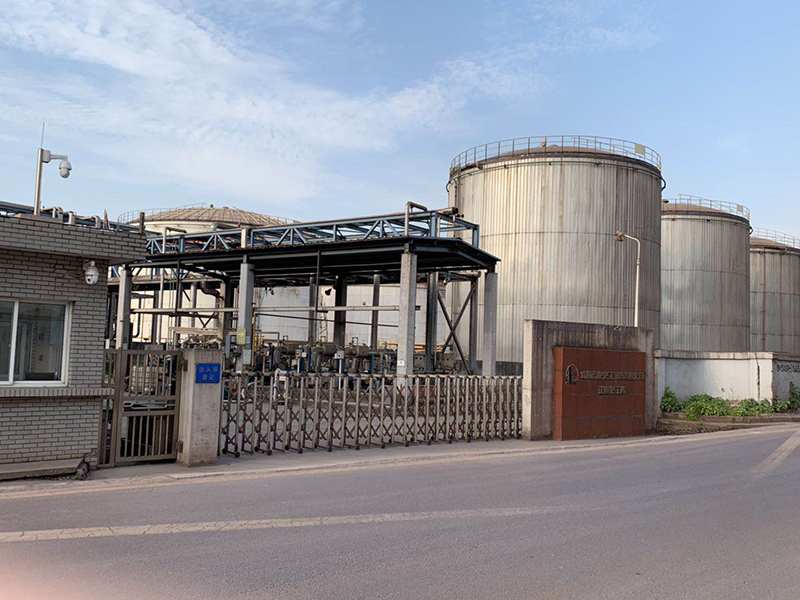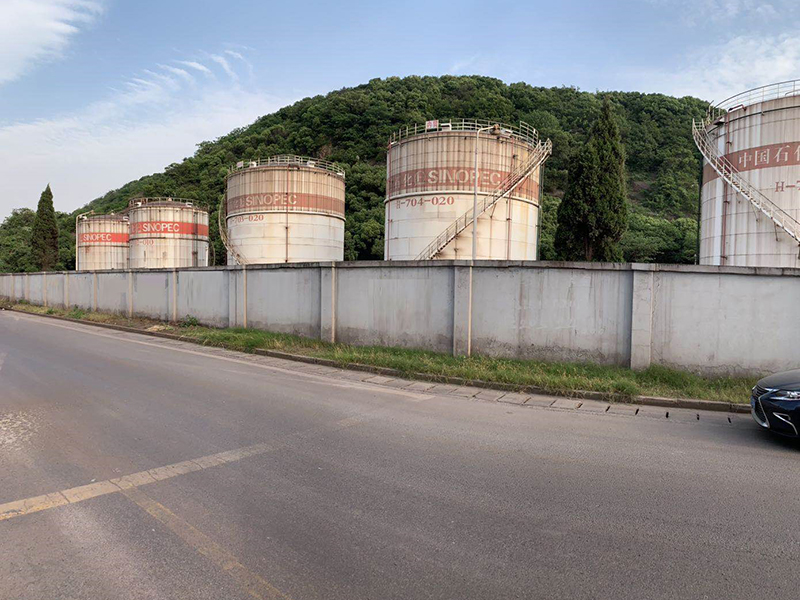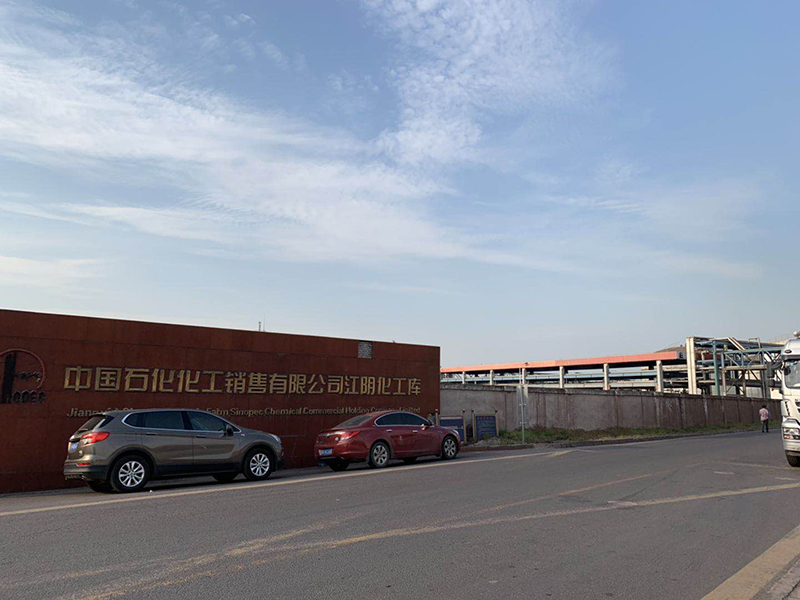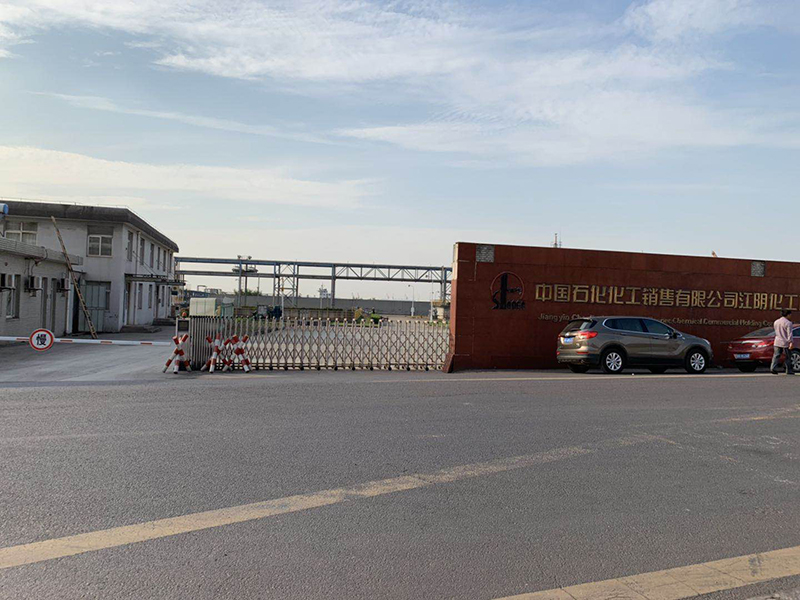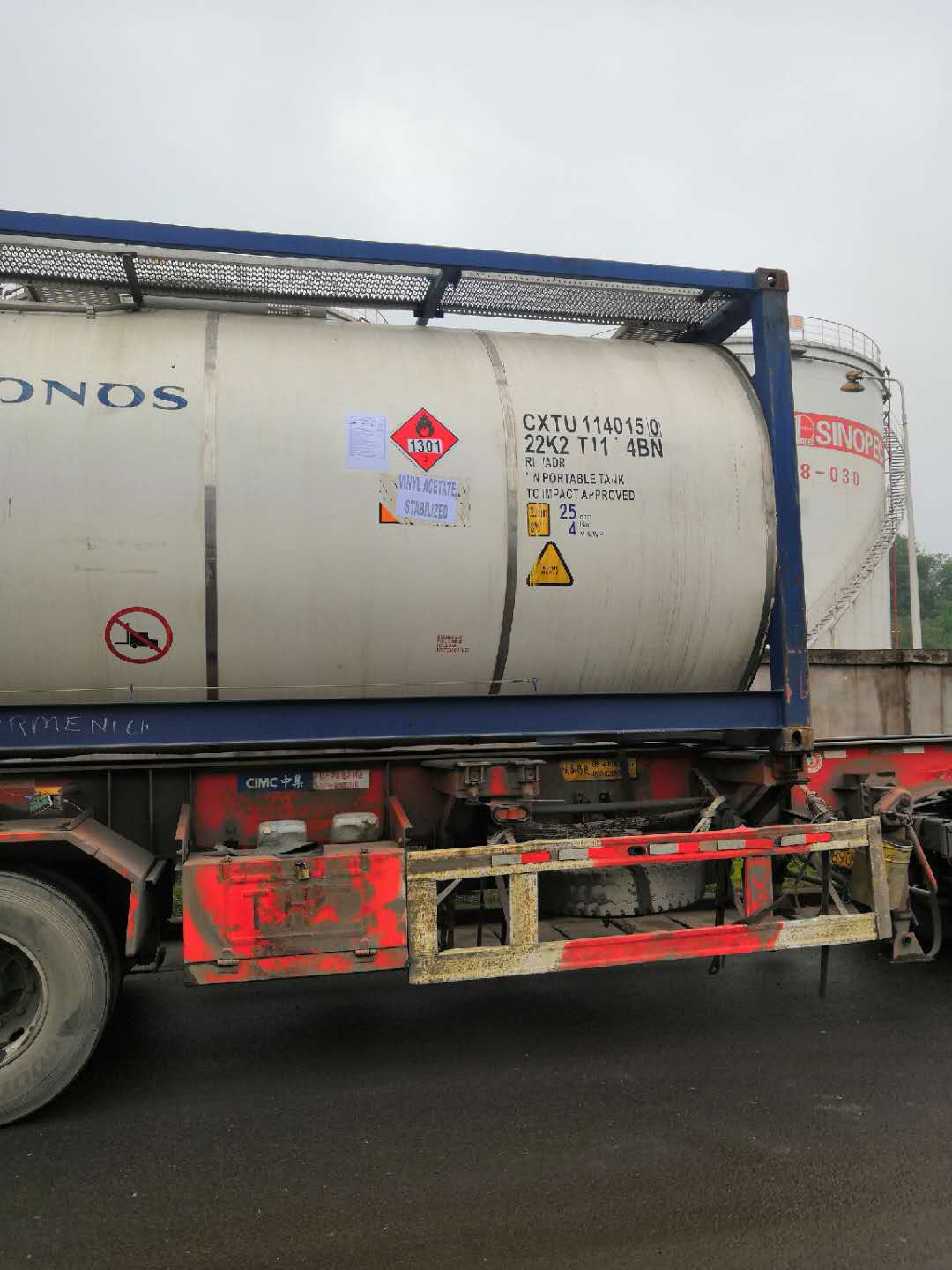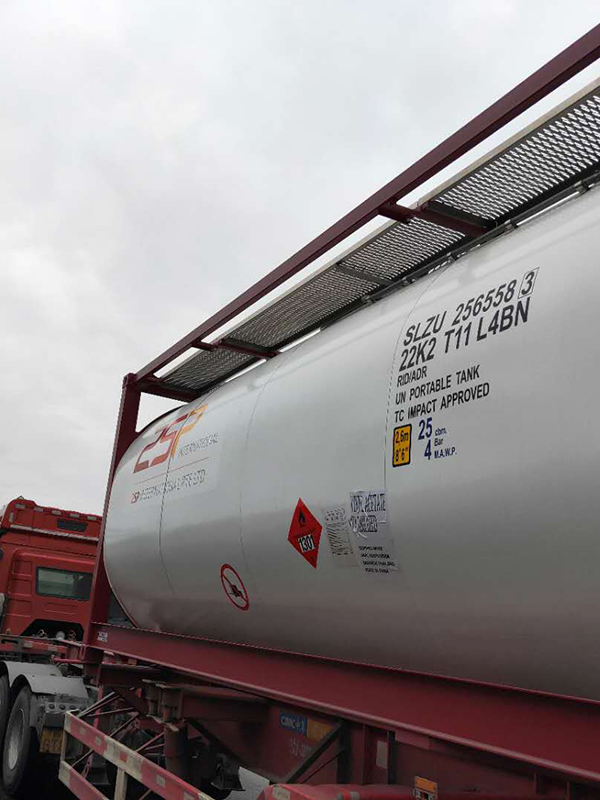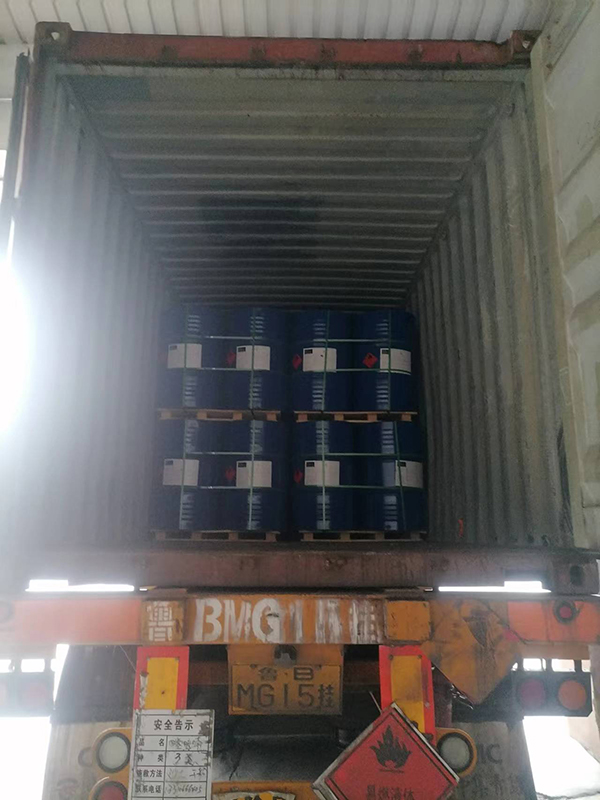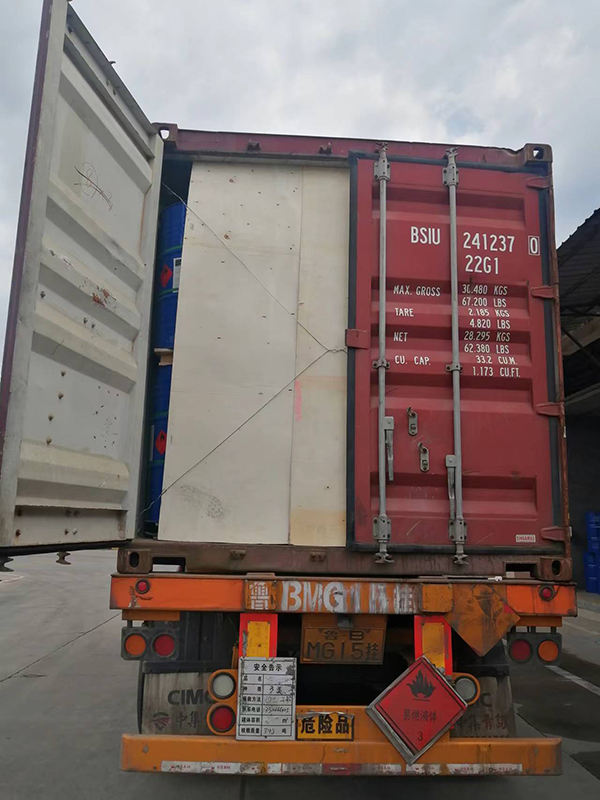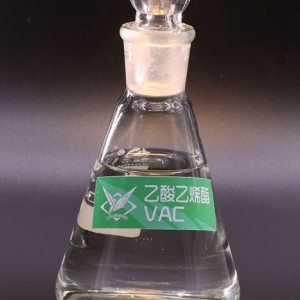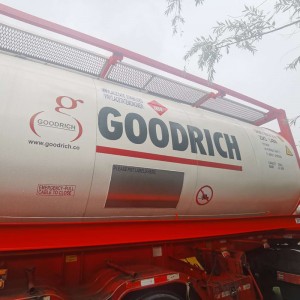Vinyl Acetate Monomer (Sinopec VAM)
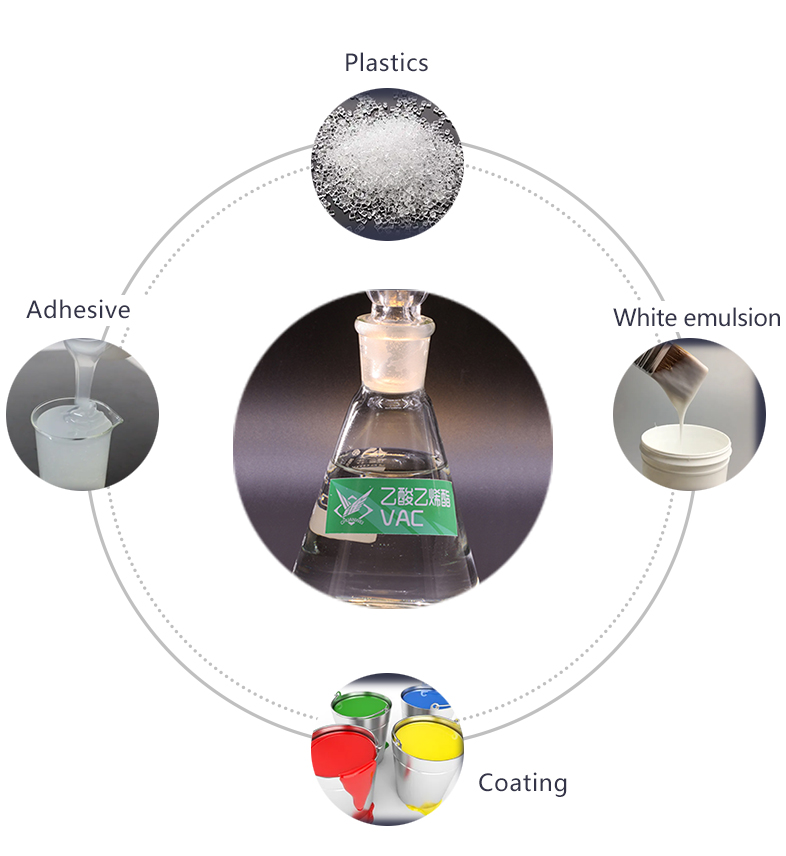
Vinyl acetate or vinyl acetate monomer (VAM) is primarily used as a monomer in the production of other chemicals used in various industrial and consumer product applications.
What is a Monomer?
A monomer is a molecule that can be bonded to other identical molecules to form a polymer.
VAM-based polymers, including vinyl chloride-vinyl acetate copolymer, polyvinyl acetate (PVA) and polyvinyl alcohol (PVOH), are used in a variety of applications.
When polymers are made using VAM, the vinyl acetate used in their manufacture is completely consumed, which means that there is only residual if any potential exposure to VAM itself in these products.
● Adhesives and Glues: PVA has strong adhesion properties for a variety of materials, including paper, wood, plastic films and metals, and is a key ingredient in wood glue, white glue, carpenter’s glue and school glue. PVOH is used for adhesive packaging films; it is water-soluble and remains flexible as it ages.
● Paints: VAM-based polymers are used in the production of many interior latex paints as the ingredient that provide adhesion of all the ingredients and the luster of the finish.
● Textiles: PVOH is used in textile manufacturing for warp sizing, a process by which textiles are coated with a protective film to minimize breakage during weaving.
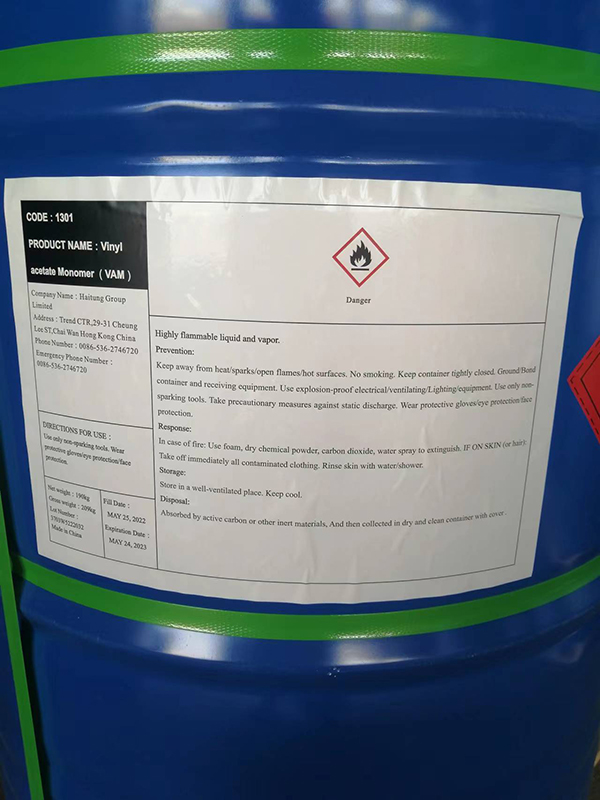
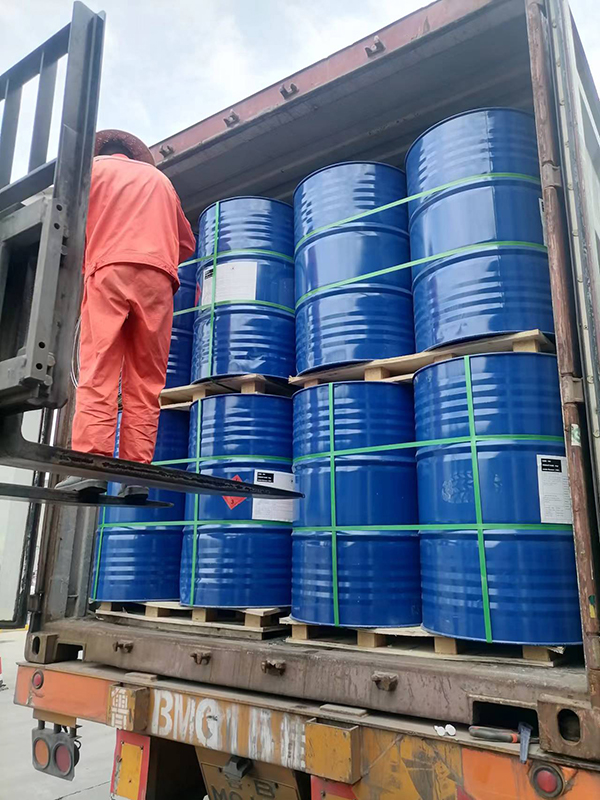
● Coatings: PVOH is used in photosensitive coatings. It is also used in the manufacture of polyvinyl butyral (PVB), a resin that has strong adhesion, clarity and toughness properties. PVB is mainly used in laminated glass for automobiles and commercial buildings; it provides a protective and transparent interlayer that is bonded between two panes of glass. It can also be used in coatings and inks. VAM-based derivatives are also used as a coating in plastic films for food packaging.
● Food Starch Modifier: VAM can be used as an ingredient in food starch modifiers. Modified food starch is typically used as a food additive for the same reasons conventional starches are used: to thicken, stabilize or emulsify food products like soups, sauces and gravy.
● Thickeners: PVOH is used as a thickening agent in some liquids. Thickening agents can be added to some liquids to help treat dysphagia, or swallowing difficulty, and to help the contents of soft drinks to remain evenly distributed.
● Insulation: VAM is consumed in the manufacture of ethylene vinyl acetate (EVA), used in wire and cable insulation due to its flexibility, durability and its flame-retardant properties.
● Barrier Resin: A growing use of VAM is the manufacture of ethylene vinyl alcohol (EVOH), which is used as a barrier resin in food packaging, plastic bottles, and gasoline tanks, and in engineering polymers. Barrier resins are plastics used in food packaging to help prevent gas, vapor or liquid penetration and help keep food fresh.
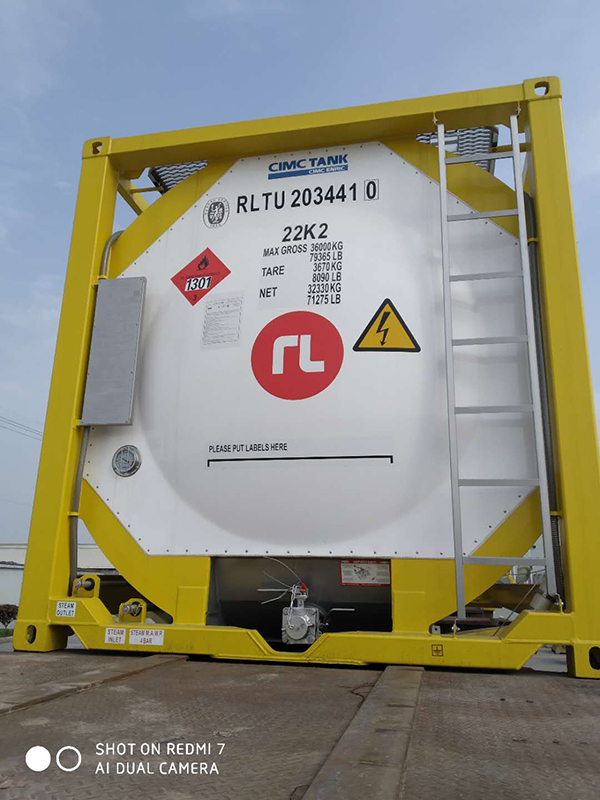
VAM shore tank located on Jiangyin,Nanjing and Jingjiang more than 10000cbms.Relying on which, established shore tanks to work more closely with its international partners and offer best service to its global customers.
